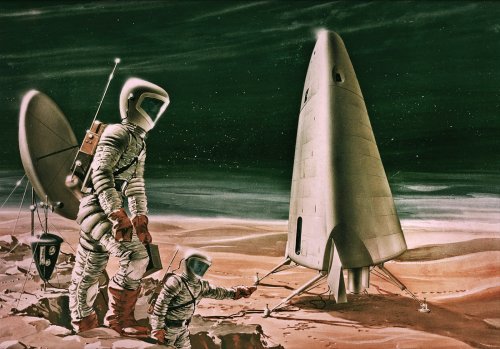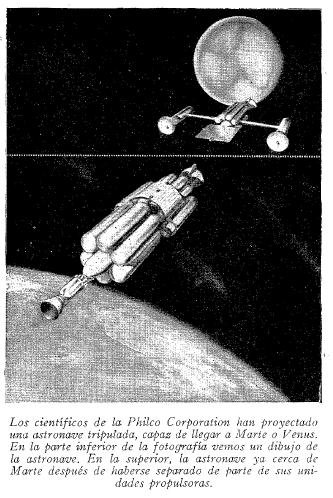Nik said:
IIRC, consensus was the UK's Mars Lander ultimately expired due too-thin atmosphere...
AFAIR, situation resembles that near summit of Everest: If jet-stream zags instead of zigs, local pressure drops by ~10% and the fatalities mount...
Wasn't the next NASA lander redesigned as a result ??
No, that was the explanation produced by some for the failure of Beagle 2, but there were so many problems with Beagle 2 that I doubt anybody bought the atmosphere excuse:
http://www.thespacereview.com/article/330/1
Because the Beagle 2 investigation report has disappeared from the UK govt. website (it's probably been moved somewhere else) I have attached it. Note the following on page 6:
"The Commission has concluded that there was no single programmatic error which led to the loss of Beagle 2. The following factors however contributed to increased mission risk:
-Treating Beagle 2 as a 'scientific instrument' rather than as a complex, innovative spacecraft;
-Lack of guaranteed funding during the early phases of development;
-The withdrawal of MBA, the designers of the EDLS,* from the project;
-Lack of an adequate management organisation with the relevant experience;
-Lack of available margins to manage and mitigate risks."
(*EDLS = Entry, Descent & Landing System)
The next NASA Mars lander was not redesigned, and it landed successfully.
I sure hope that the Europeans learned something from the Beagle 2 experience. Considering that they tried to bury the investigation report, I think they got off on the wrong track.


